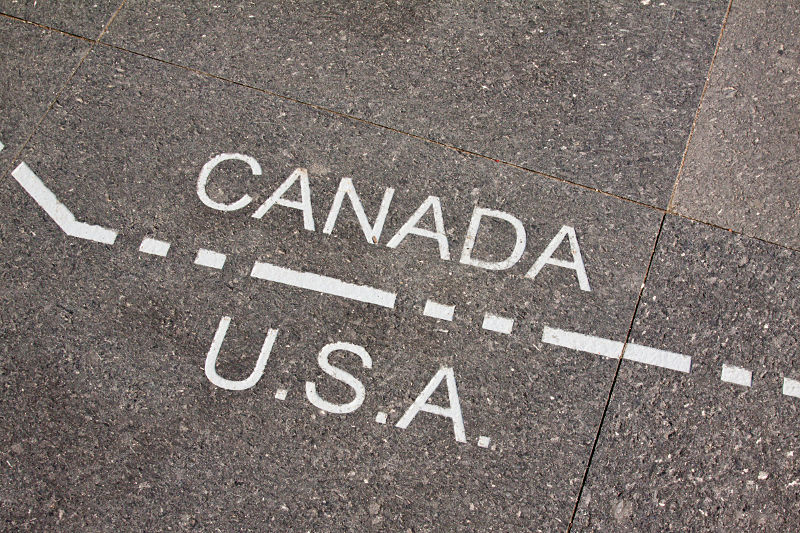A growing number of asylum seekers are crossing the US-Canadian borders. The political messages that the U.S. has been sending out recently on the behalf of President Donald Trump have created a blanket of fear around immigration with his latest attempt to create and enforce a travel brand (The ban was later rejected by the U.S. federal appeals court).
Most of the asylum seekers are crossing over in Quebec (452 in January), Manitoba, British Columbia, and the Yukon. Once they arrive, they have fifteen days to file for a refugee claim. Hearings often take place in the next three to four months. In that time, refugees are eligible for legal aid and social assistance, and they may apply for a work permit although that process is also lengthy.
Compared to America, Canada’s refugee laws are much more lenient. Police detain illegal refugees until background checks are done and then they are released. Whereas, in the States, refugees are sent to detention centers.
So, what happens to these refugee claims? Because of the “Safe Third Country Agreement” between the US and Canada that is supposed to manage the flow of claims made. Most are only supposed to be allowed in if they have blood relatives settled in Canada, but all of them will receive a hearing nonetheless where they can plead their case.
By Rhea Braganza
Most of the asylum seekers are crossing over in Quebec (452 in January), Manitoba, British Columbia, and the Yukon. Once they arrive, they have fifteen days to file for a refugee claim. Hearings often take place in the next three to four months. In that time, refugees are eligible for legal aid and social assistance, and they may apply for a work permit although that process is also lengthy.
Compared to America, Canada’s refugee laws are much more lenient. Police detain illegal refugees until background checks are done and then they are released. Whereas, in the States, refugees are sent to detention centers.
So, what happens to these refugee claims? Because of the “Safe Third Country Agreement” between the US and Canada that is supposed to manage the flow of claims made. Most are only supposed to be allowed in if they have blood relatives settled in Canada, but all of them will receive a hearing nonetheless where they can plead their case.
By Rhea Braganza







Comments are off this post!